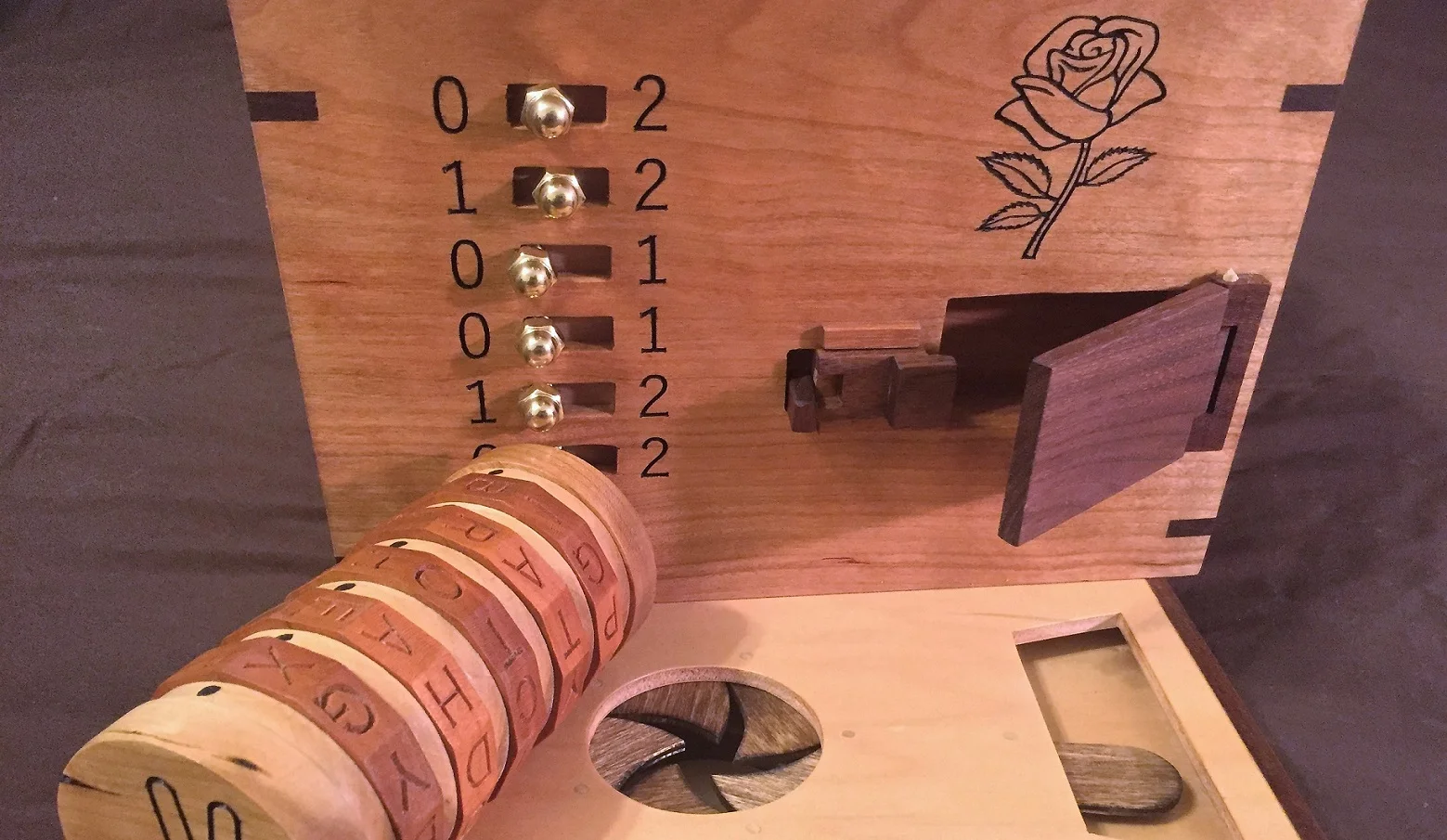I recall hearing somewhere (can't remember where) that a good way to get better at woodworking was to make two of an item, instead of just one. When I was a hobbyist, I only had to concern myself with making a project once. Now that i'm getting into professional work, learning how to make multiples becomes so much more important. What's different when you make several of an item and what do you learn? Well, many things change, some tangible and others less so. Plus, I figure if making two of an item is good, then 4 or 6 of something must be great, right?
For starters, and this is probably the biggest change, you have to start thinking as much about the process as you do the piece. Making multiples with any sort of speed means you have to get efficient. So, you must get better at both planning and execution. The plan will tell you how much stock you need, what cuts you need and drive the order of operations. I don't want to go into milling and sizing first, that's pretty well known. You will learn that during milling you must think about finishing, though. Do you pre-sand or finish certain parts to ease the process? How will you move about the shop to complete activities? Where will you put parts that are in mid-stage? All these activities are suddenly important. This may sound strange, but when you aren't actively thinking about how to stage things in your shop (because it's second nature, or written down!) you are then putting more thought into technique and skill!
When you make several of something, you can more easily see where errors are finding their way into the process. Perhaps your very slightly out of square table saw sled is no problem for one piece because you easily straighten the edge with a plane. When you have to straighten 20 edges fixing the sled is now important. Perhaps you start standardizing your countersink bits to common screw sizes so you can't accidentally drill too deep. Using 4 or 5 different measuring devices - yep that can cause errors. I'm sure you can find more errors to correct, we all have plenty.
You find that jigs reach a new level of importance when making multiples. Jigs let you work quickly, accurately and safely. Plus, they can let you do things perhaps impossible any other way. Always making a 22 1/2 deg cut and don't want to change the miter gauge - jig. Hinge mortising - jig. Sloping grooves with a router - jig. Getting the perfect pour - ok, maybe not that one. If you need to do something more than once with repeatable accuracy a jig is a good idea.
Finally, when you are using your woodworking skills, you are using them a lot and all at once. When you make multiples you get the benefits of repetition. Dovetail 5 boxes and I'm sure you'll be better on #5 than on #1. Setting up that box joint jig is second nature after you've done it 25 times and made 100 boxes. Regularly sharpening your chisels gets easy when you incorporate fast touchups into your process. Once you're current set of skills is old hat, guess what, now you can learn more.
This is by no means an exhaustive list, but I hope gives you good incentive to go and try doing some multiples, if you haven't already. Know of more benefits I didn't list, feel free to comment. I'd love to hear what others do and what they've learned.


